Discovering objects from other solar system is only on the rise and will continue to be with the introduction of new telescopes
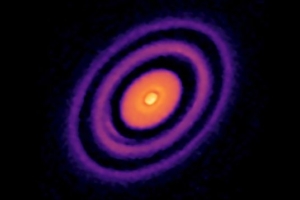 Solar System
Solar System

 Solar System
Solar System
Discovering objects from other solar system is only on the rise and will continue to be with the introduction of new telescopes
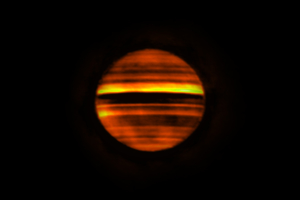 Solar System
Solar System
Looking at Jupiter in the radio wavelength can reveal details about the ammonia stirring below the clouds
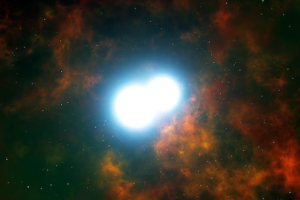 Deep Space
Deep Space
Astronomers have obtained the first detailed face-on view of a gaseous disc feeding the growth of a massive baby star
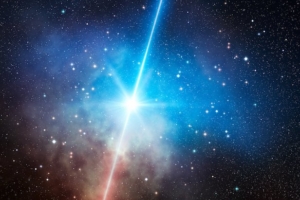 Astronomy
Astronomy
This is the first time astronomers have ever detected the polarisation of radio waves within the Universe’s most powerful jets
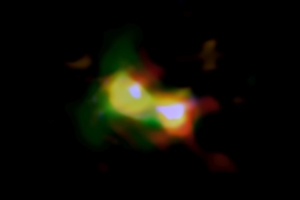 Deep Space
Deep Space
Two galaxies have been seen merging 13 billion years ago, less than a billion years after the Universe was born
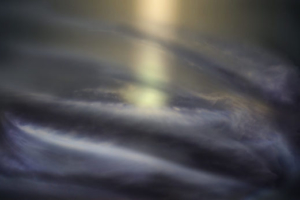 Deep Space
Deep Space
By imaging this cool disk of gas rotate around the supermassive black hole, astronomers can watch how the accretion process unfolds
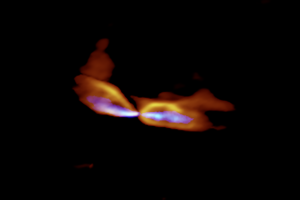 Deep Space
Deep Space
The powerful radio capabilities of ALMA have allowed astronomers to inspect the gas outflow of the young star MMS5/OMC-3
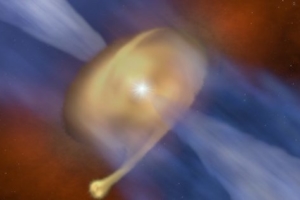 Deep Space
Deep Space
The Atacama Large Millimeter/submillimeter Array (ALMA) has discovered that two young stars forming from the same swirling protoplanetary disc could in fact be twins
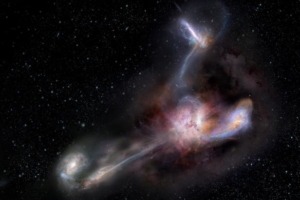 Deep Space
Deep Space
The secret ingredient is stealing the material from at least three neighbouring galaxies
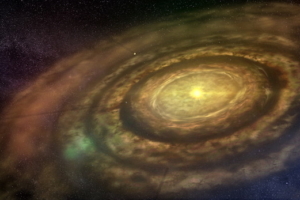 Deep Space
Deep Space
This unusual collection of massive planets makes astronomers question how planets are formed
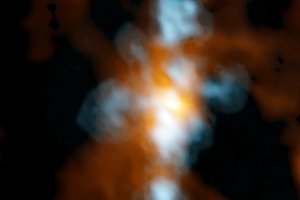 Astronomy
Astronomy
Using ALMA’s previously untested high-frequency capabilities, ALMA was able to detect make the detection of a rare cosmic molecule
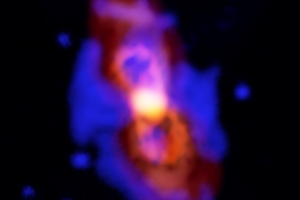 Deep Space
Deep Space
Observations using ALMA find radioactive isotope aluminium-26 from the remnant CK Vulpeculae
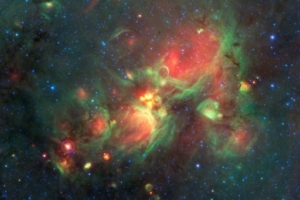 Deep Space
Deep Space
Undergraduate students of the University of Arizona searched 101 clouds of gas to find those that may be in the first phases of forming massive stars
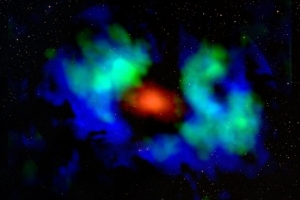 Deep Space
Deep Space
This discovery comes from observations of the developing star TMC1A, located in the constellation Taurus
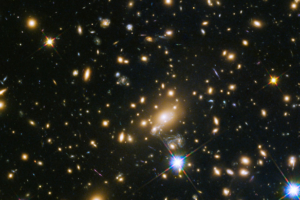 Deep Space
Deep Space
This oxygen detection provides strong evidence that star formation occurred just 250 million years after the Big Bang
 Deep Space
Deep Space
The gas within the galactic structures, which were formed less then a billion years after the Big Bang, have been discovered to have a ‘swirling’ behaviour
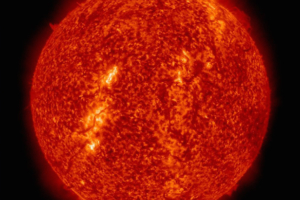 Deep Space
Deep Space
W Hydrae had the same starting mass as our nearest star, but it’s billions of years more evolved
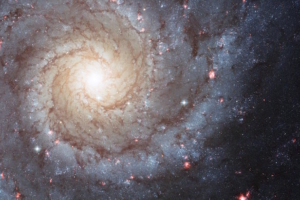 Deep Space
Deep Space
By studying distant galaxies, astronomers could reveal the large amounts of atomic hydrogen and how it affects star formation
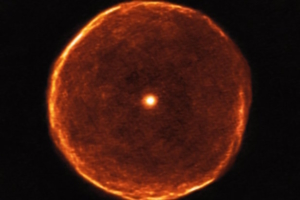 Astronomy
Astronomy
Astronomers have used ALMA to capture a strikingly beautiful view of a delicate bubble of expelled material around the exotic red star U Antliae
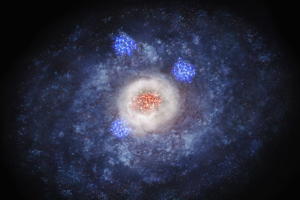 Deep Space
Deep Space
By observing galaxies that formed 3 billion years after the Big Bang, astronomers have introduced a new evolution story for galaxies.